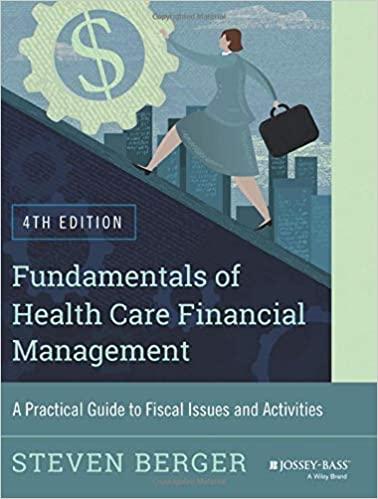Answered step by step
Verified Expert Solution
Question
1 Approved Answer
CASE DEBATE. Write down Background/Summary , Pro Highlights and con highlights ( Min 4 points for both Pro and Cos ) for topic INSIDER TRADING.
CASE DEBATE. Write down Background/Summary , Pro Highlights and con highlights ( Min 4 points for both Pro and Cos ) for topic INSIDER TRADING. Topic / Subject: Insider Trading Background/Summary: Pro Highlights Con Highlights Everyone would like to get a stock tip that will yield a huge return on a small investment. Thats human nature. But stock tips can be mixed blessings. Consider the following example: Dr. Sam Waksal developed a promising cancer drug called Erbitux. As the CEO of ImClone, Waksal was an entrepreneur as well as an immunologist. Waksal sold an interest in Erbitux to the pharmaceutical company Bristol Myers for $42 million. It was a Bristol Myers executive who informed Waksal that the Federal Drug Administration (FDA) was not going to approve the drug because there were insuffi cient data to determine its effectiveness; thus, new clinical trials were needed. Investors had expected approval, and once the FDA decision was made public, ImClone stock was certain to face a sharp decline in price. At least in the short term, some people were going to lose a lot of money. One of those people was, of course, Waksal himself. He had millions of shares of ImClone. So did his family. Waksal told his daughter and father to sell their shares. In addition, Waksal transferred 79,000 of his own shares to his daughter to sell. Waksal knew that it was illegal under federal law for him or his family members to trade on inside information. And in the end, all three were indicted and later convicted of violating federal security laws. Waksal was guilty of insider trading. As we pointed out in Chapter 1, insider trading results from information asymmetry, which arises when one party in a business transaction has information that is unavailable to the other parties in the transaction. To be legally actionable, insider trading must involve information that has not been publicly announced, as you might expect. In addition, the information must be material. Material means that the information will cause a significant change in the stock pricethe price will go either up or down as a result of the event the information concerns. Examples of material corporate events include the introduction of a new product line, an acquisition, a divestiture, a key executive appointment, and thefailure or success of a product under development. Martha Stewart Enters the Picture Waksals conviction is not the only part of this story. Waksal was friends with the celebrity Martha Stewart, who also owned ImClone stock. On the day before the negative FDA announcement, Stewart sold 4,000 shares of ImClone worth $230,000. Did Stewart sell her shares on the basis of inside information regarding the FDA decision? Stewarts sale certainly looked suspicious, and the Securities and Exchange Commission (SEC) started an investigation and asked her to explain her sale. In her discussions with the SEC, Stewart did not admit to insider trading. Stewart claimed that she had a prearranged order in place to sell her Im-Clone stock when it dipped below $60 per share. The stock did dip below $60 the day before the FDA announcement. Federal prosecutors, however, alleged that she and her broker, Peter Bacanovic, had doctored stock transaction records to support her story. In the SEC indictment, it was that they did not believe her explanation. It is also interesting to note that Stewart is not alleged to have received a tip from Waksal himself. Indeed, she contacted Waksal only after the sale, when she called him to ask what was happening to the company. However, it is alleged that her broker, Bacanovic, received a tip that Waksal and his daughter had placed orders to sell shares of ImClone. Martha Stewart was eventually convicted in a criminal trial, but convicted of what? The most serious charges, which involved securities fraud and insider trading, were thrown out of court. She was convicted only of lying to investigators. However, Stewart was also charged in a civil suit, and in that suit, the insider trading charge would have been allowed in court. After serving a jail term, Stewart eventually reached an agreement with the SEC to settle the insider trading accusations. Under the agreement, she had to pay $195,000, covering her gains from the trading and penalties, although she did not admit to any wrongdoing. Conclusions What can we conclude about insider trading? The ethical issues can be analyzed at two levels: At the institutional level, we can ask whether the insider trading laws are ethical. At the individual level, we can ask why a person would engage in this illegal behavior
Step by Step Solution
There are 3 Steps involved in it
Step: 1

Get Instant Access to Expert-Tailored Solutions
See step-by-step solutions with expert insights and AI powered tools for academic success
Step: 2

Step: 3

Ace Your Homework with AI
Get the answers you need in no time with our AI-driven, step-by-step assistance
Get Started


